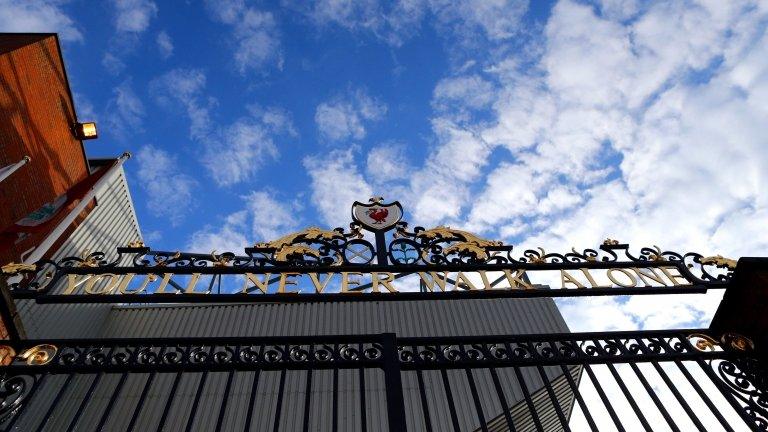Hillsborough: The changing face of a tragic stadium
- Published
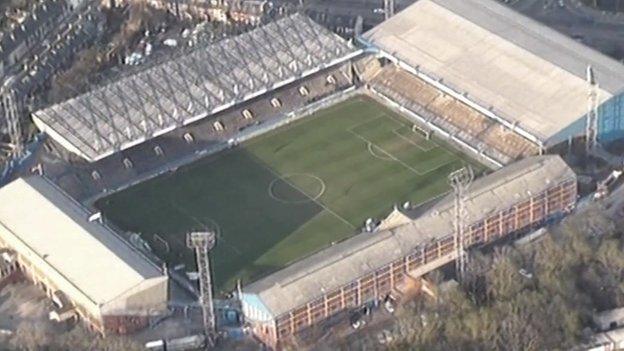
The Hillsborough disaster claimed the lives of 96 Liverpool fans who had gone there to watch an FA Cup semi-final against Nottingham Forest
The Hillsborough inquest jury is visiting the Sheffield stadium where the 1989 tragedy unfurled. But how useful will it be for them to see a ground which is now a very different place?
Ninety-six Liverpool fans ultimately lost their lives as a result of the events of 15 April 1989 - the day of the FA Cup semi-final between Liverpool and Nottingham Forest.
But football - and football grounds - have moved on considerably since then. The jurors will experience a very different Leppings Lane End to the stand where the fans were crushed to death 25 years ago.
As Christina Lambert QC, counsel for the inquest, said: "The layout of the stadium has changed very considerably since 1989."
Gone are the terraces where the Liverpool fans stood. Gone too are the metal fences around the terrace that contained the crowd and separated them from the pitch.
In their place, blue seats and haunting memories.
Outside the ground at the entrance to the West Stand and Leppings Lane terrace, the blue gates have been taken down and the perimeter wall and turnstiles rebuilt.
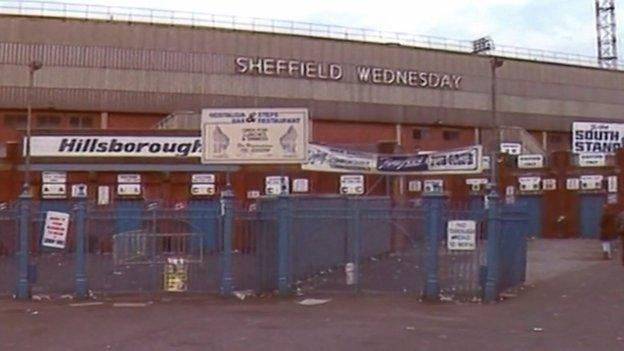
Liverpool fans entered Hillsborough from Leppings Lane
Jason Dickinson, a Sheffield Wednesday fan and author of several books about the club, said: "If you took somebody from 25 years ago and popped them in there but took away the signs they might struggle to know where they were.
"I can't speak for a jury, but because I've been to football matches I know what it was like [in that era].
"I can imagine it from my memories, but when you have not got the memories it must be virtually impossible to think of what it was like."
He added: "Three sides [of the ground] have changed completely. The end where the disaster was was closed down in the short-term and the bottom section was fitted out with seats and reopened in August 1991.
"Another alteration [at that end] was the extension of the roof so that it covered the bottom tier. That's pretty much what it looks like now. The fences also came down, that's a major change.
"[The stadium] is all seated whereas in 1989 it would have been a combination of standing and seating at the west end and all standing on the Kop end."
When Liverpool and Nottingham Forest met on that fateful day it was a sell-out 54,000 all-ticket game - the ground now holds about 39,500.
At the time, the Leppings Lane terrace held a little more more than 10,000 fans in a series of pens - now it seats about 2,500.
The pens themselves had been added in 1981 after a "crushing incident" during a match between Tottenham Hotspur and Wolverhampton Wanderers.
They were formed by high, metal fences, running from the front to the back of the terrace, and a 9ft 6in (3m) high fence in front of the pitch, designed to stop pitch invaders.
Perimeter fencing had been added at both the Leppings Lane and Kop ends in 1977.
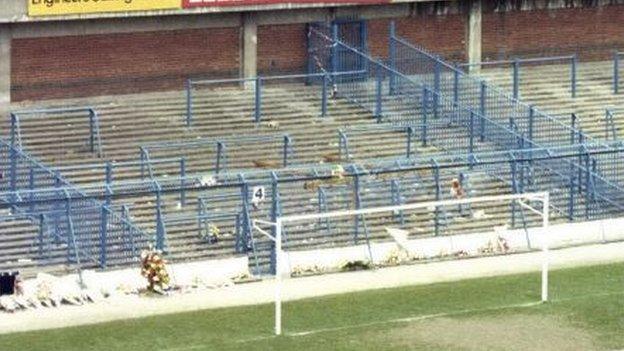
The terrace at the Leppings Lane end of Hillsborough

Fans were housed in pens and separated from the pitch by high steel fences
The terrace at the Leppings Lane end was made of 33 hard, grey, concrete steps, each about 15in (38cm) wide with a 3.5in (9cm) rise.
Pens three and four of the terrace, where those who died were stood, were accessed through a 68ft-long (21m) tunnel beneath the West Stand that rose upwards to a point about halfway before sloping downwards and eventually levelling out where it met the terrace.
The terrace was overlooked by a police box in the south-west corner of the ground where match commander Ch Supt David Duckenfield was from about 14:00 BST.
The gradient of the tunnel, which Liverpool fans poured into with just minutes to go until kick-off, has changed.
The inquest has heard that, as supporters filed through the tunnel, there was no formal order from officers stationed in the police box to "prevent supporters taking that course".
The modern-day control box, still in the same corner, is situated below the scoreboard but has been expanded and updated. At the base of the box is a section of terrace that has not been redeveloped since 1989.

Jurors will be shown where the police box at Hillsborough stood in 1989
Despite being the largest capacity ground outside of the Premier League at 39,732, Hillsborough is no longer the venue for the big games - it last hosted an FA Cup semi-final in 1997.
The stadium now consists of two large two-tiered stands and two large single-tiered stands.

The terracing at the Leppings Lane end has been replaced with seating
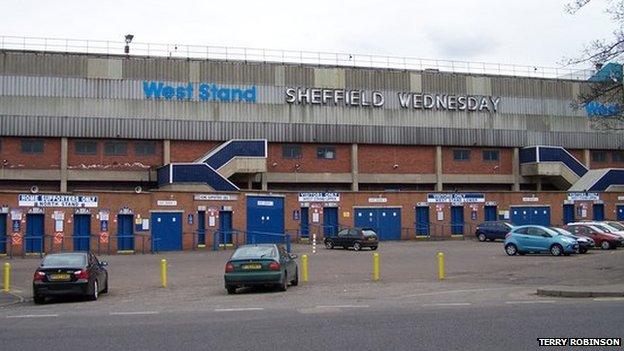
The Leppings Lane entrance to the West Stand has been altered since 1989
Football writer Paul Thompson, who has covered Sheffield Wednesday since 1980 for the Sheffield Star, said the stadium had seen some "massive changes" since 1989.
"It's a lot more modern obviously, like every other ground," he said.
"Inside, I seem to remember, they did not just remove the barriers and stick seats in, they rebuilt the whole thing, they rebuilt all that terrace.
"There's no doubt it's a better ground than ever before."
Now, 25 years later, many of the physical reminders of the UK's worst football disaster have gone.
But arguably the most poignant remains - the memorial stone outside the ground that reminds us of those who lost their lives after going to watch a football match.
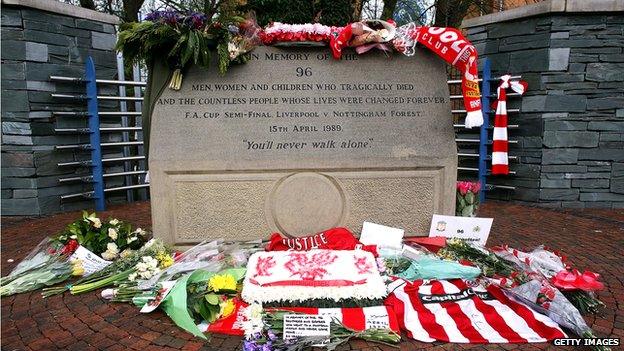
The Hillsborough Memorial was erected to remember the 96 who lost their lives
- Published22 May 2014
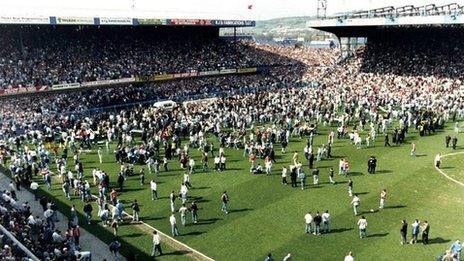
- Published21 May 2014

- Published20 May 2014

- Published28 April 2014
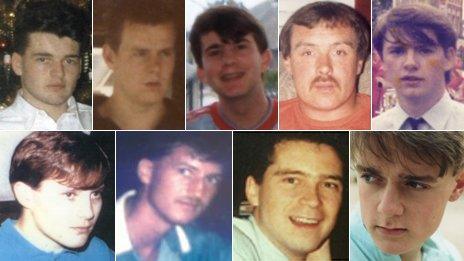
- Published25 April 2014
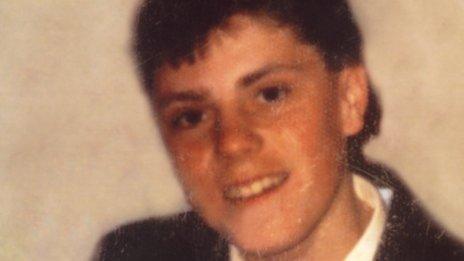
- Published24 April 2014
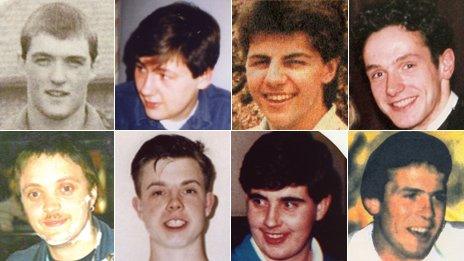
- Published23 April 2014
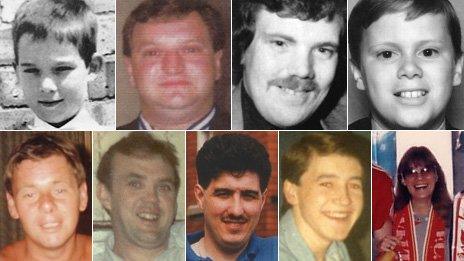
- Published22 April 2014

- Published10 April 2014
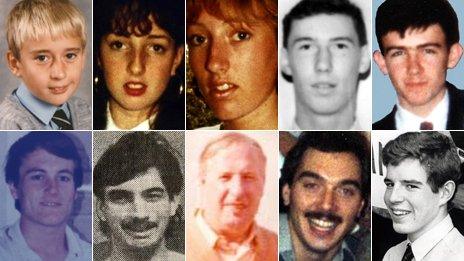
- Published9 April 2014
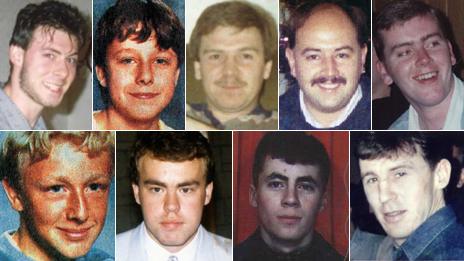
- Published8 April 2014
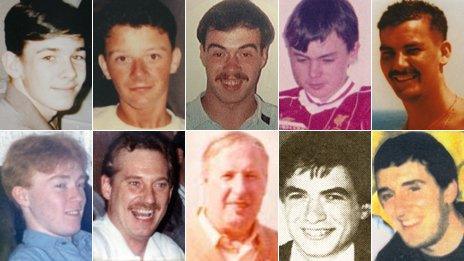
- Published7 April 2014
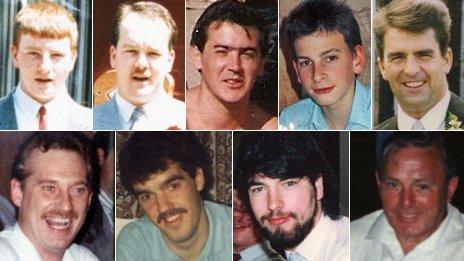
- Published3 April 2014
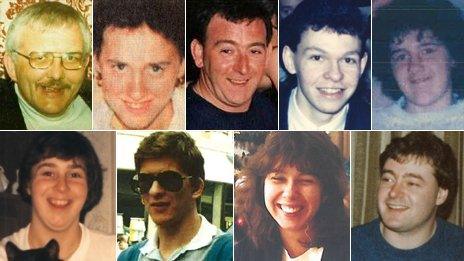
- Published3 April 2014
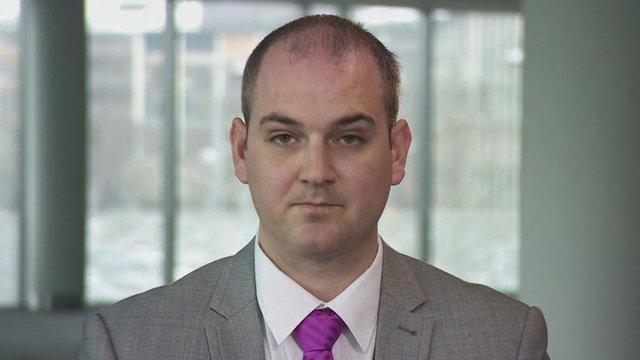
- Published2 April 2014
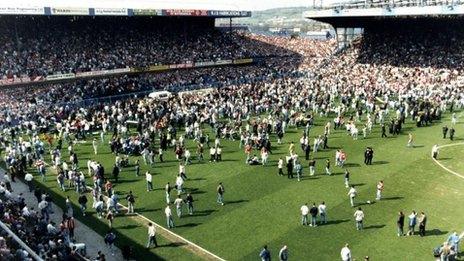
- Published1 April 2014
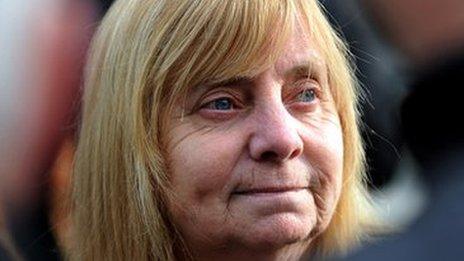
- Published26 April 2016
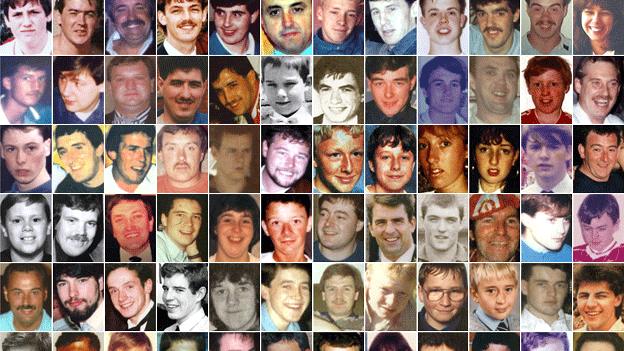
- Published31 March 2014
